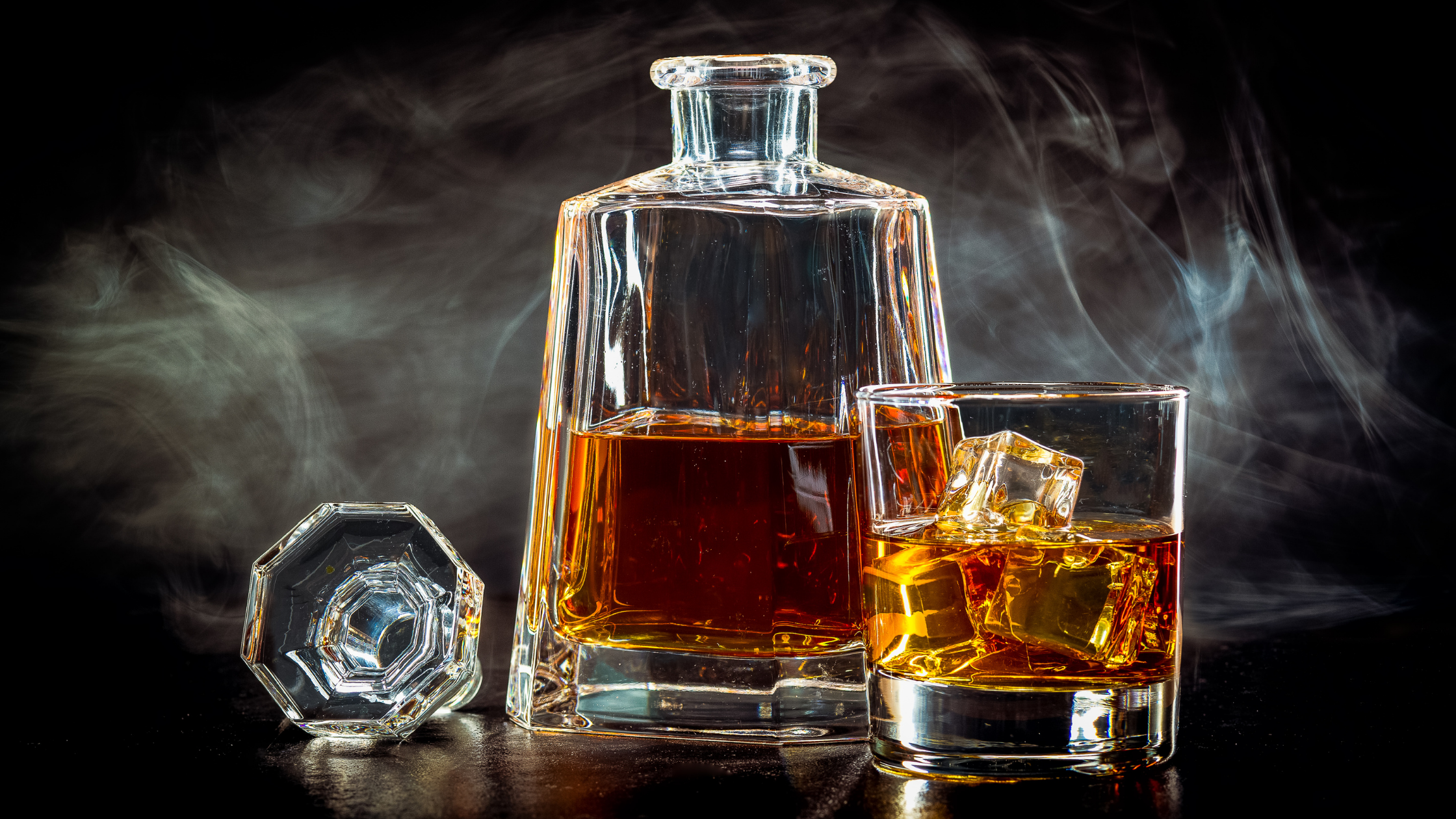Peat in Whisky Production
If you’ve ever tried a smoky Whisky you likely love the flavor or really dislike the flavor, there are very few people who are impartial to the taste. The smoky flavor starts with the strong odor and continues as you go through the tasting experience. There is a common misconception that all Scottish whisky is smoky. In reality though, less than 10% of all whisky produced in Scotland is.
While most smoky whisky is produced in Islay, there are a few other places producing smoky whiskies. Other parts of Scotland and countries like the United States, Japan, India, New Zealand, and Australia have all released their own version of smoky whiskies that enthusiasts love. But where does that smoky flavor even come from? If you’ve ever heard of peat, you’re ahead of the curve.
Where does the smoky flavor come from?
Barley goes through a process called “malting” in order for it to be used in the production of Single Malt whiskies. This process involves allowing the freshly harvested barley to dry. To start the necessary germination process, barley is steeped in water, and then quickly halted in order to prevent the barley from sprouting into a plant. The germinated barley is then dried using air, gas, fire, or peat. When peat is used to dry the barley, the smoke from the peat clings to the oils in the barley. Therefore, the longer barley is dried using peat, the smokier it becomes, and the flavor is carried throughout the fermentation and distilling process.
What exactly is peat?
Peat is organic material that is formed when plant matter partially decays in an environment without oxygen. This process takes thousands of years but is quite common in parts of the world. In fact, peat covers approximately 23% of Scotland, so it’s no wonder peat shows up often in Scottish whisky. It’s best to think of peat as a pre-coal material that contains moisture. Blocks of peat are cut from the ground and used as a heat source and it burns similarly to coal.
Is all peat the same?
Much like soil from across the globe is different, peat varies based on where you find it. For example, peat from Islay tends to be primarily composed of wetland vegetation including Sphagnum moss, heather, and sedges. This type of peat will contribute notes of salinity, iodine, medicinal, and sweet smoke. Peat cut in other areas of Scotland give very different flavors. For instance, Highland peat gives earthier notes thanks to the presence of more woody plants, and heather-rich Orcadian peat is famous for having a more floral character. Peat from the highlands of Scotland is also sent to a few select countries around the world to be used to malt barley for their whisky production.
How can I explore different peat flavors?
Many people are surprised to learn that the use of peat in whisky production is not exclusive to whisky from Scotland. If you’re looking to explore different smoky flavors, you’ll want to try peated whiskies from different regions. Sample peated whisky from Islay, the Scottish Highlands, the Orkney Islands, Japan, India, New Zealand, and beyond for the best comparison. At Glass Revolution we import fine spirits from around the world. Discover our brands and enjoy tasting some of the most exceptional whiskies and beyond from our extensive portfolio.

